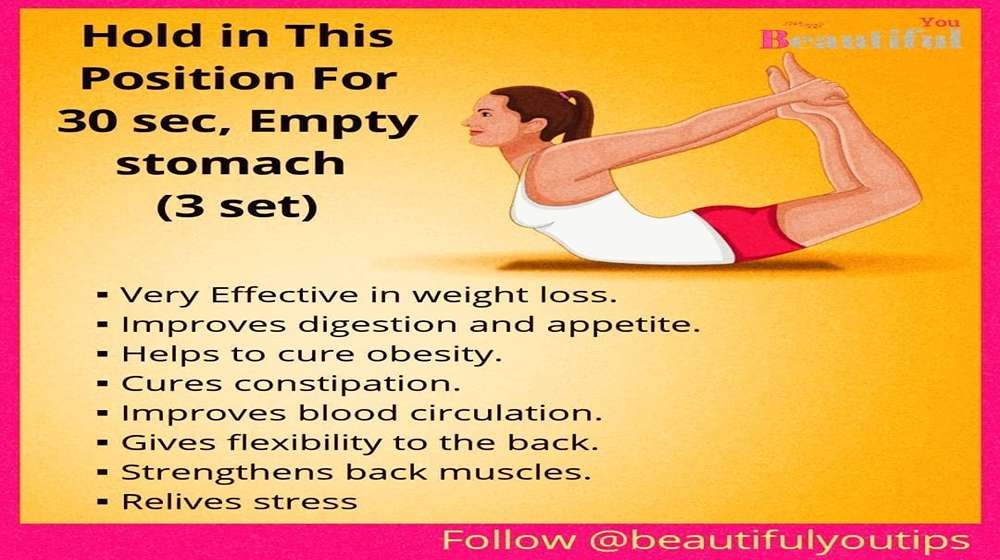Maintaining your health and fitness is an important part of your overall well-being. There are many benefits of staying physically fit, including a better immune system, a lower risk of chronic diseases, and improved mental health. This article covers some of the basics of health and fitness, including CDC guidelines for physical activity. It also discusses Isometric exercise, Interval training, and the importance of a pre-exercise screening.
CDC physical activity guidelines
The Centers for Disease Control and Prevention (CDC) has released new physical activity guidelines for adults. According to these guidelines, Americans should engage in 150 minutes of moderate intensity physical activity or 75 minutes of vigorous exercise per week. In addition, people should engage in two days a week of muscle-strengthening activity. The guidelines recommend that US adults should reach this goal by 2020. This goal can be achieved through a combination of physical activity and a healthy diet.
The CDC physical activity guidelines for health and fitness recommend that adults increase their physical activity throughout the day. While some physical activity is better than none, most adults are not meeting the recommended guidelines. If you’re one of the many people who lack a regular physical activity routine, you may want to start with a few minutes of increased activity each day. As you increase your activity, gradually build up to the recommended 30 minutes per day.
Isometric exercise
When you are doing isometric exercises, you should make sure to use proper form. This is a good way to ensure you aren’t injuring yourself, and it’s
important to practice proper breathing techniques during these exercises. You should hold the position for about 5 counts before you begin. This exercise is difficult and can lead to injury if you don’t follow proper form. To avoid injury, practice proper breathing during isometric exercises by practicing on yourself before you perform a new exercise.
Isometric exercises are perfect for beginners and experienced gym users alike. The plank, for example, requires complete stillness. This exercise activates muscle fibers and builds a foundation of functional strength. It’s also a great exercise for recovering from an injury, as it doesn’t put too much strain on the muscles. Isometrics are also great for people who have difficulty completing regular workout routines.
Interval training
The principle behind interval training is simple: it burns calories more efficiently by alternating periods of high-intensity exercise with low-intensity exercises. The increased metabolism during interval training also allows you to exercise for longer periods of time. Because of the principle of adaptation, interval training has a number of benefits, including improved cardiovascular efficiency, more oxygen delivered to working muscles, and an increased tolerance to build-up of lactic acid. These physiological changes in turn lead to improved performance, increased speed, and endurance.
In addition to being a convenient form of exercise, interval training doesn’t require any special equipment, including a treadmill, elliptical trainer, or exercise bike. Many people who are overweight or don’t like to use weights or running can perform interval training without risking overuse injuries. For people with heart conditions or other illnesses, interval training is safe and effective. It is a time-efficient way to improve your overall health and fitness, while maximizing your results in a short amount of time.
Pre-exercise screening
The Pre-Exercise Screening for Health and Fitness System was developed by Fitness Australia in collaboration with Exercise and Sports Science Australia. It provides guidelines for exercise prescription and helps determine which clients are at risk for adverse health effects during exercise. The results of the screening are used to guide exercise intensity, and may also refer clients to a physician or other health care professional if necessary. The system includes optional extra stages to assess cardiac risk.
The “Gymnasium Law” in Israel has recently been revised to allow for pre-exercise health club screening with PAR-Q+. The PAR-Q+ can detect conditions that place health club participants at risk for adverse health consequences during physical activity. The use of this tool will reduce the number of people who seek physician clearance before participating in exercise. Although it is possible to conduct screenings on individuals, the burden of chronic disease remains high. Further, exercise testing is not a reliable method of assessing cardiac health and preventing or mitigating exercise-related cardiac events.
Quick-fix solutions
Ads aimed at “getting fit fast” aren’t exactly helpful, either. Most people who want to get in shape quickly need more than a quick fix. They must make a long-term commitment to improve their health and fitness. The best quick fix for sore muscles is to drink water. Our bodies need water for many of their functions, so hydrating our bodies is vital. Fitness experts recommend that people bring a water bottle to fitness centers.
Franchising opportunities
Health and fitness franchises offer many benefits, including a recognizable brand name, proven service, and business models that work. In addition to a proven system, health and fitness franchises offer business advice and training, such as location and financing considerations, hiring staff, and liability insurance. As a franchise owner, you’ll have the opportunity to build a business that’s unique and profitable to you. However, before choosing a health and fitness franchise, consider your personal goals and motivation.
Final Thoughts
Health and fitness franchises are popular for several reasons, including the ability to offer personalized services, a well-maintained facility, and a proven formula for success. For example, health clubs can provide personalized one-on-one training, which will improve clients’ overall health and self- confidence. In addition to helping their clients feel better about themselves, health and fitness franchises can help reduce their risk of diabetes, cardiovascular disease, and other ailments.

